I am going to begin writing some blogs on individuals we plan to feature in the seventh and last volume of the series on Paris. Once we publish the two volumes of Where Did They Put the Gestapo Headquarters? A Walking Tour of Nazi Occupied Paris (1940-1944) later this year, we will begin Where Did They Bury Jim Morrison, the Lizard King?. It is a walking tour of curious Paris cemeteries. While there are many books on Paris cemeteries (Père Lachaise in particular), they all seem to have one thing in common: they highlight or take you to the same famous occupants (e.g., Oscar Wilde, Edith Piaf, and yes, even Jim Morrison). In other words, the authors don’t seem to differentiate their books. So, I decided our book will be different. We will introduce you to people you’ve likely never heard about. These are people with very interesting accomplishments and life stories but like much of history today, they are now forgotten.
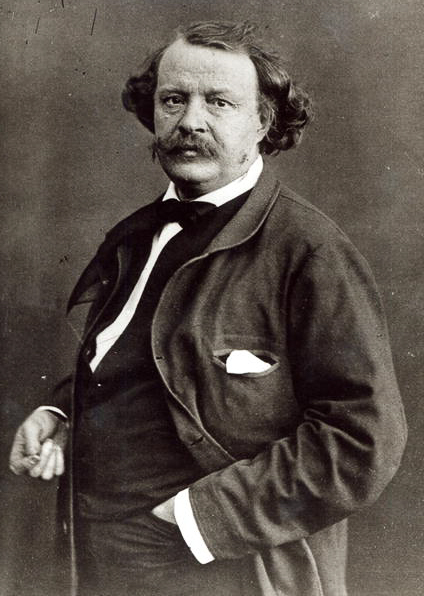
Our subject today was a narcissist, self-confident, and self-promoting artist who led an extremely interesting and exciting life. Packed into his ninety-years, Gaspard-Félix Tournachon (1820-1910) hosted the first impressionist art show, took the world’s first aerial photograph (and first underwater photo), embarked on daring balloon rides, built a huge glowing (red gas) sign across the front of his Parisian studio, co-founded a luxury literary journal at the age of nineteen (he persuaded Alexandre Dumas and Honoré de Balzac to contribute), wrote literary articles, began the first airmail service, and became a sought after illustrator/caricaturist. However, his international fame both then and now is based on the legacy of being the world’s first celebrity photographer.
Did You Know?
Did you know that King James VI of Scotland (as well as being James I of England) was the most prolific witch-hunting monarch in history? He even wrote a book, Daemonologie, to convince people that witches were real and to vigorously pursue their persecution. He claimed a witch’s crime to be “high treason against God.” Between 1450 and 1750, more than 100,000 people (mostly women) were tried as witches with about half of them were put to death. Scotland arrested and tried around 4,000 suspected witches. King James personally sat in on many of the “interrogations” where the women would ultimately confess under torture. After he called Agnes Sampson a liar during an interrogation session, she went up to him and whispered in his ear exactly what he had discussed with the queen while in bed the prior evening. Up to that point, the king had not been convinced of her guilt but being that she was correct, he pronounced her guilty. As to Agnes’s fate, she was burned at the stake.
Let’s Meet Nadar
Félix Tournachon and his younger brother, Adrien (1825-1903), were born in Paris where their father, Victor Tournachon, was a printer and bookseller. Félix studied medicine but after his father died, Félix quit and joined the bohemian crowd. However, he had developed a love for reading and his favorite authors were Victor Hugo and Alexandre Dumas. His first jobs were as a journalist and caricaturist. Félix was given his nickname, “Nadar”, by a friend in 1839 and he immediately began using it as his pen name for the articles he wrote for newspapers and magazines. Nadar married Ernestine (1836-1909) in 1854 and they had one son, Paul (1856-1939).

Brotherly Love
By 1850, Nadar was inviting famous painters, writers, musicians, and performers to visit his studio (18, rue Notre-Dame-de-Lorette) to pose for caricature drawings and then, a new fad hit Paris ⏤ photography. Around this time, he set up his brother in a workshop located at 11, boulevard des Capucines and asks a friend to train Adrien in photography. By 1855, Adrien demanded to use the name “Nadar” and began to sign his name “Nadar jeune” or “Nadar the younger” to the photos. This led to several lawsuits initiated by Nadar against his brother and two years later, Félix was granted exclusive rights to the pseudonym Nadar.
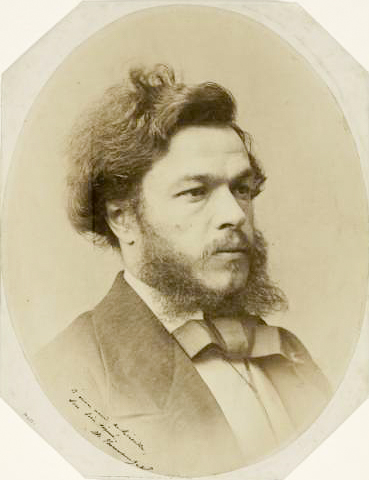
Photography
After seeing Adrien’s success, Nadar began to branch out into photography and by 1858, he started to research aerial photography, testing artificial light, and filing patents for new inventions associated with taking photos. Nadar’s first studio was located on the Rue Saint Lazare but he moved it in 1860 to 35, boulevard des Capucines. At one point, he installed a very large sign across the front of the building. The sign, designed by Antoine Lumière, glowed at night (Lumière filled it with a red gas) and it advertised “Nadar” to any potential client or passerby. His new patented invention of artificial light was used in the studio as well as off-site at places like the Catacombs.
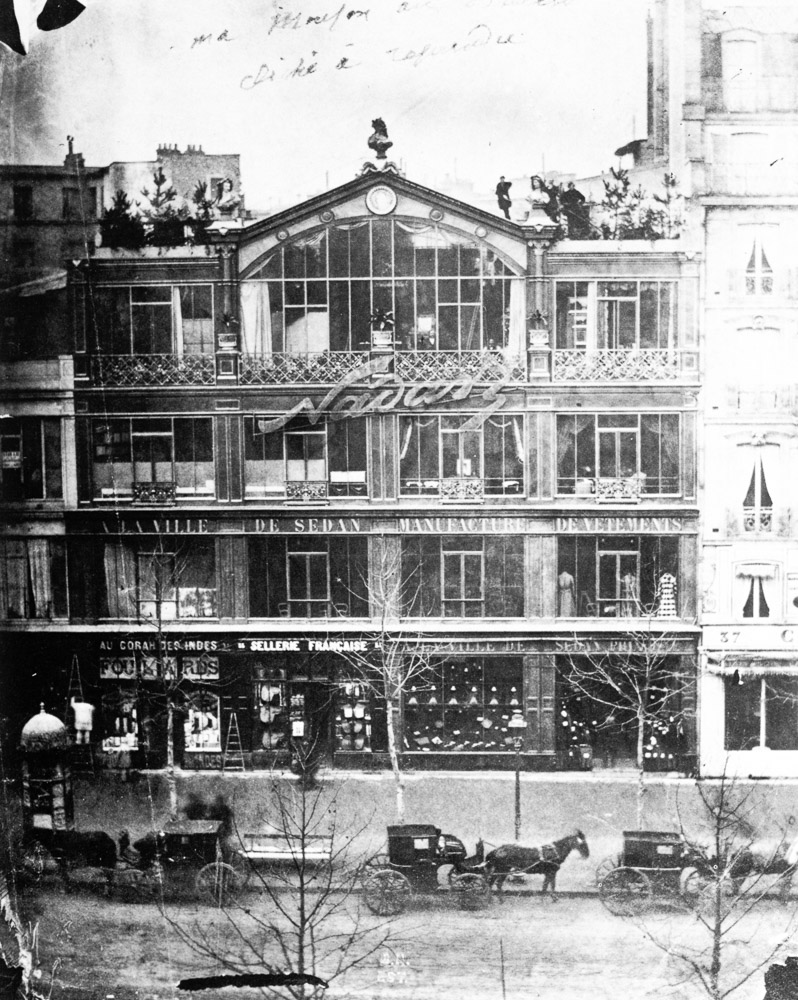
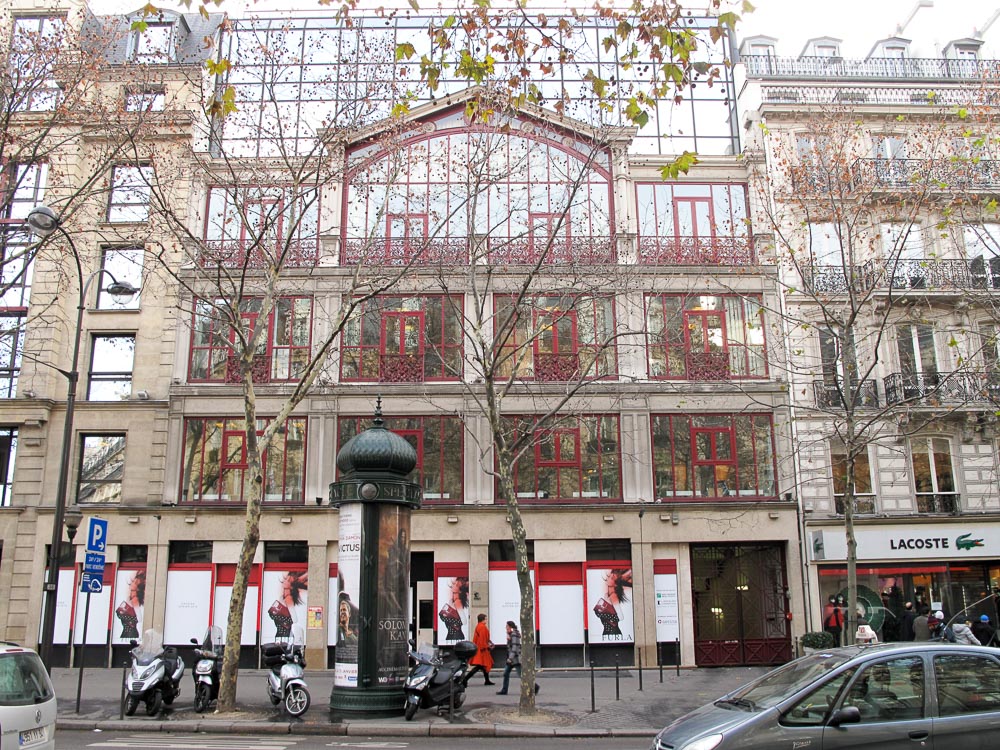
Between 1858 and 1863, Nadar became internationally famous for his portraits of celebrities. Anyone who was anybody stopped by the studio while in Paris to have their portrait taken by the world’s first celebrity photographer. His clientele included Sarah Bernhardt, Édouard Manet, Victor Hugo (including a deathbed portrait), Alexandre Dumas (père), George Sand, Eugène Delacroix, Honoré de Balzac, Jules Verne, and a young Georges Clemenceau. In-between the shots, friendly fencing matches took place in the studio.
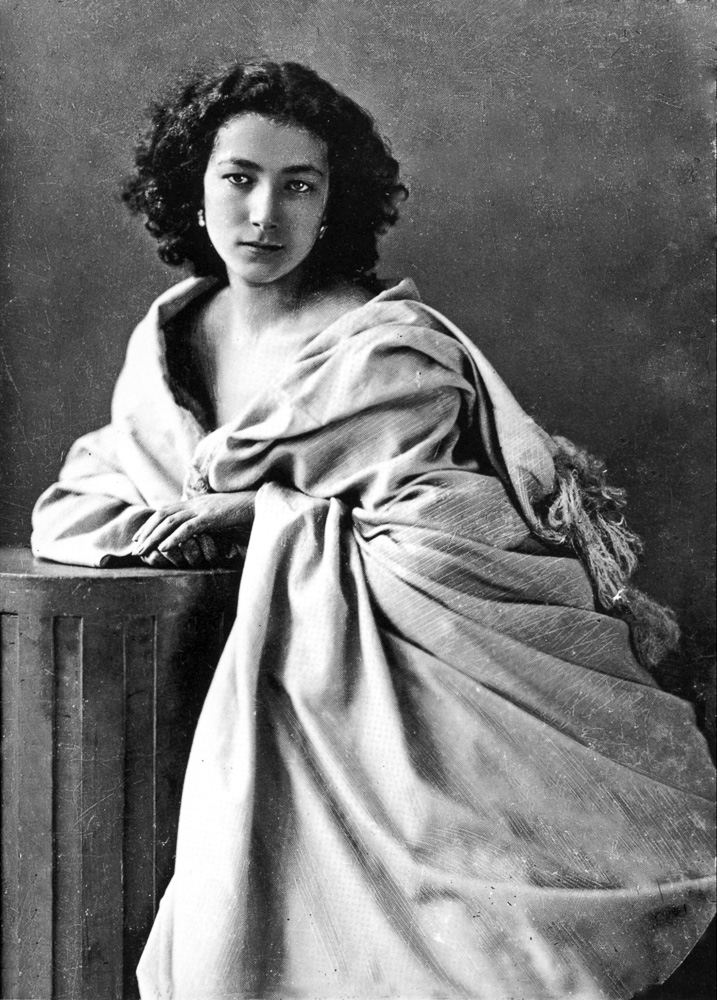
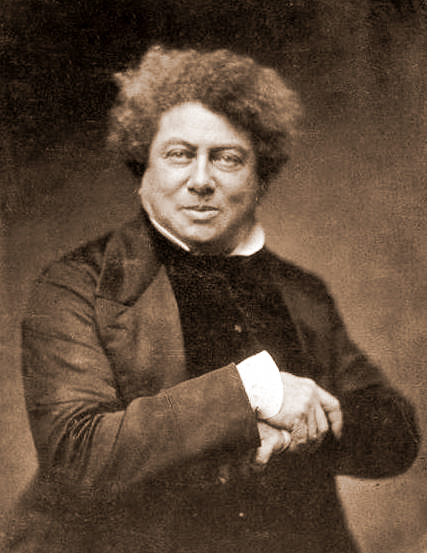
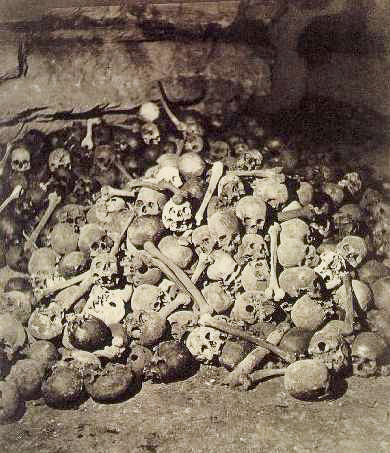
It’s somewhat incredible that in a lifetime that spanned nine decades, Nadar’s reputation was built on only six short years of celebrity photography.
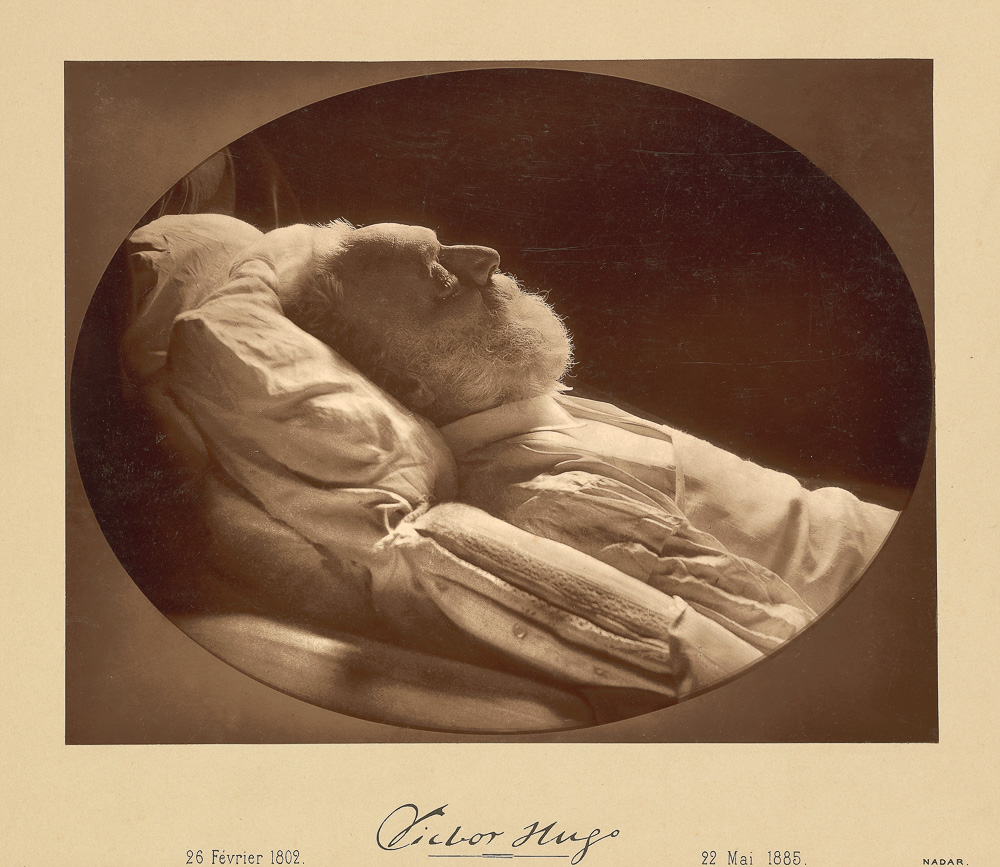
Ballooning
You may be familiar with Malcom Forbes Sr.’s infatuation with balloons (not the birthday balloons, but the big balloons with baskets like the one Dorothy tried to get back to Kansas in). Well, Nadar developed the same infatuation during the early years of ballooning. Despite having financial difficulties, he gave up photography in 1863 to pursue this quite expensive heavier-than-air hobby. Nadar began to attract the attention of many people including Jules Verne. In fact, Verne named one of the characters in two of his books, From the Earth to the Moon and Around the Moon after Nadar: Michael Ardan (Nadar spelled backwards).
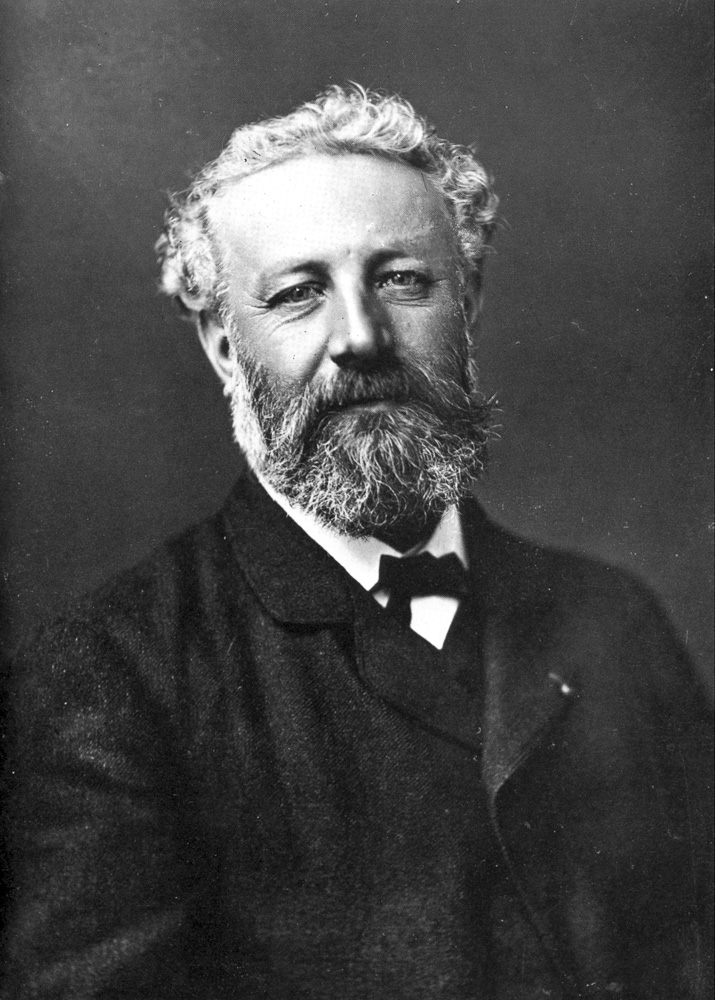
In 1863, Nadar organized the first flight of a forty-meter (131 feet) balloon he named “The Giant.” Over the next four years, he undertook five ascents. Unfortunately, one of the trips he took with Ernestine ended in an accident and both of them were injured.
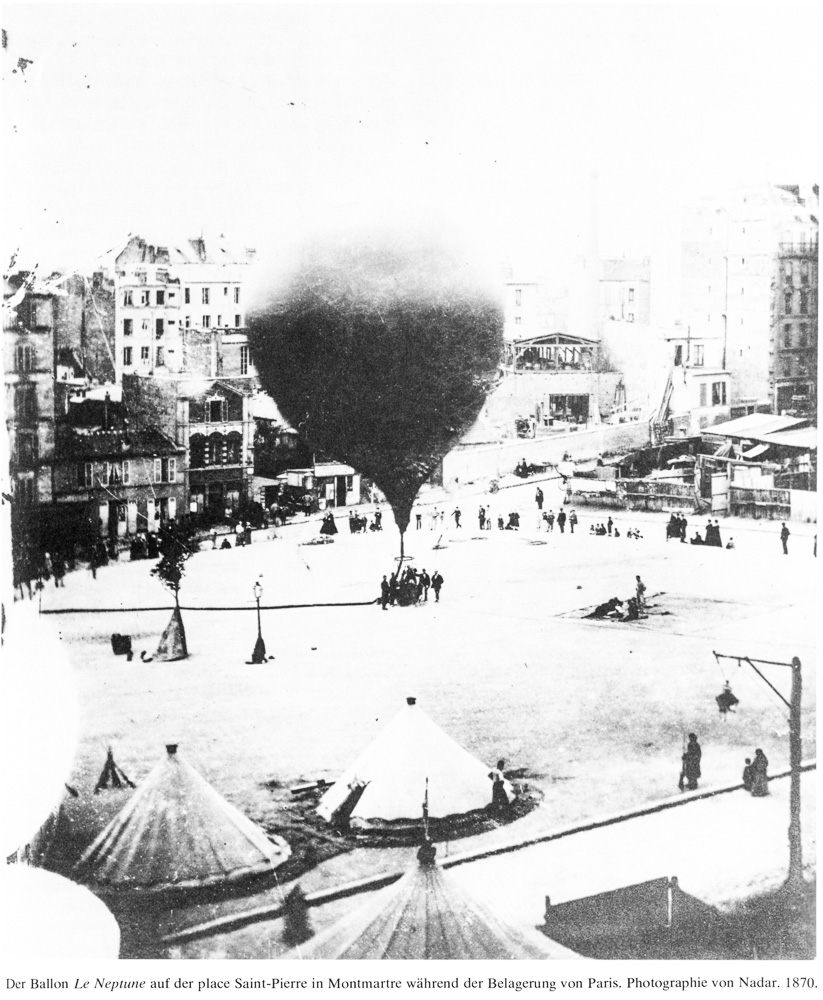
The cost of supporting his balloon habits threw Nadar into further financial difficulties and by 1868, he had sold all of his precious art objects as well as “The Giant.” At this point, Ernestine took over handling the family’s finances. In the meantime, Nadar had been taking the first aerial photographs and by 1870, France had been defeated in the Franco-Prussian War, Napoléon III was captured, and Paris was surrounded by the victors.
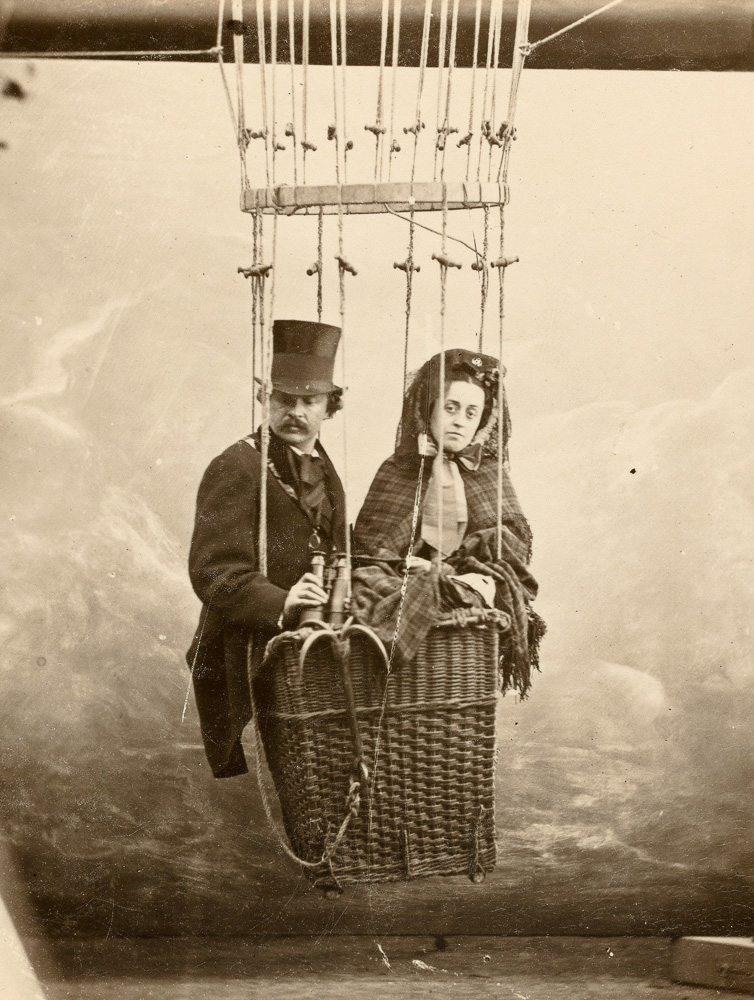
During the Siege of Paris in 1870 by the Prussian army, Nadar closed his studio and began organizing an airmail service. He supplied balloons to the military to carry mail out of the city. He also began a mail service using carrier pigeons. The balloons were successful, but the pigeons weren’t. The only problem was that while the mail got out of Paris, none ever got in.
Paul Nadar
By 1874 and shortly after the Impressionist exhibition, Nadar moved his studio to its third and final address at 51, rue d’Anjou. Paul was now the studio director while Ernestine managed the business and its twenty-five employees. Over the next ten years, Nadar continued with his art, journalism, and some photography. However, his relationship with Paul deteriorated. Paul began to establish separate businesses and started to call himself Nadar which his father took exception to. Nadar turned the studio over to Paul in 1887 and by 1895, had moved to Marseille. Paul’s photography focused on wealthy and aristocratic clientele which carried higher commissions and as a result, he never suffered the financial set-backs his father experienced. People who know a heck of a lot more than I do about photography consider the father’s photography to be more artistic than the son’s work.
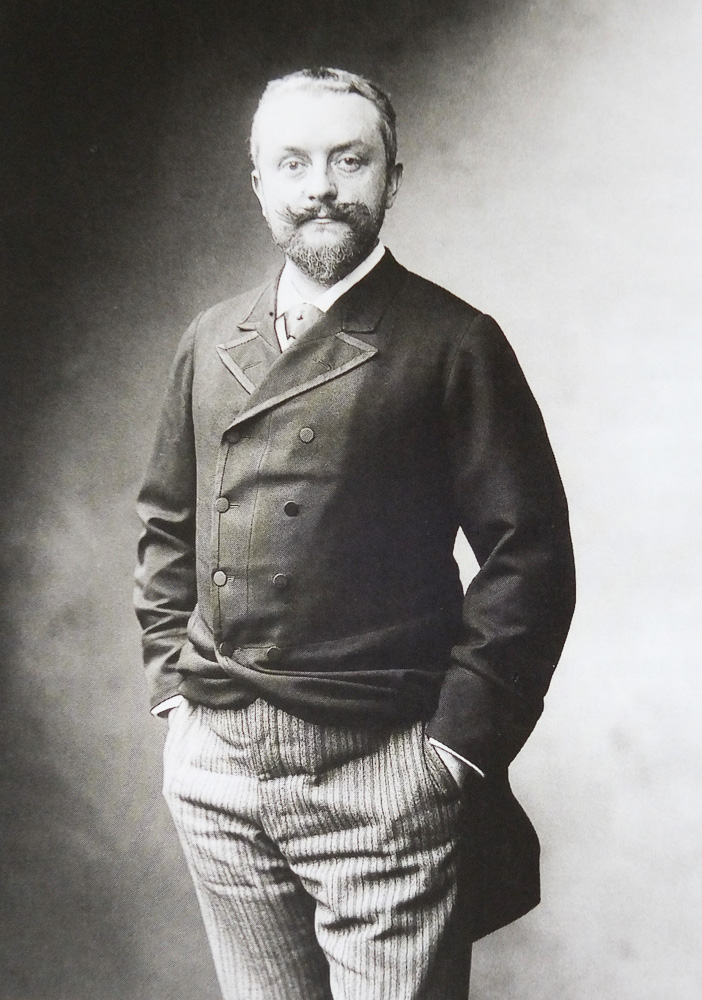
Paul also established a relationship with Eastman Kodak and in 1893, George Eastman made Paul the company’s exclusive representative in France. Paul curated a retrospective exhibition of his father’s photography for the 1900 Paris Exhibition (i.e., a world’s fair). He also patented a new projection system for animating still pictures. Paul took his father’s research and techniques for artificial lighting and improved it.
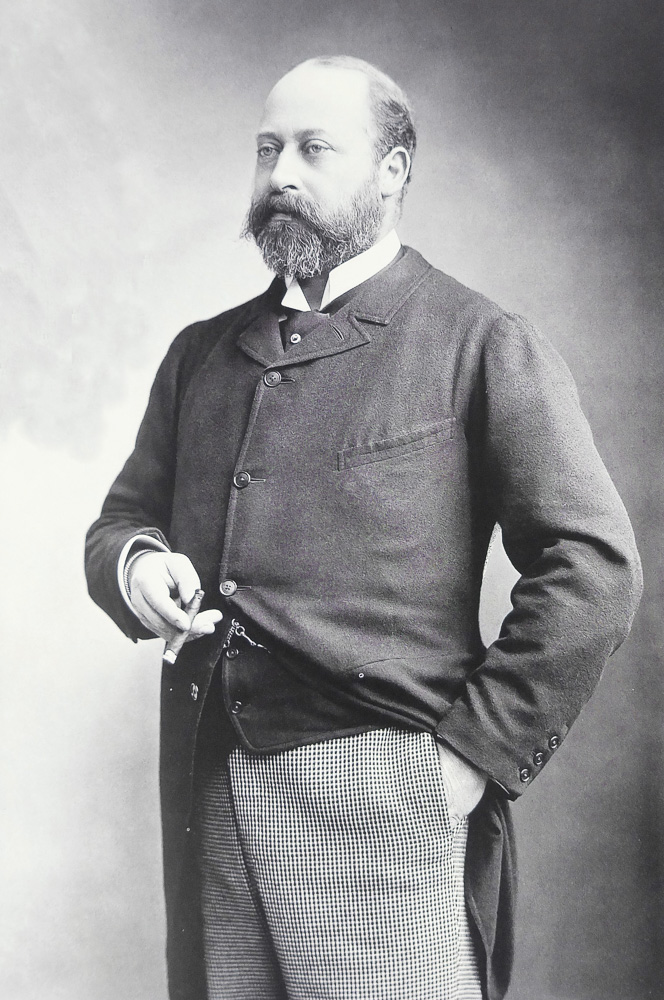
After Nadar died in 1910, Paul inherited the studio which remained open until Paul’s death on 1 September 1939 (coincidentally the day Hitler invaded Poland to begin World War II).
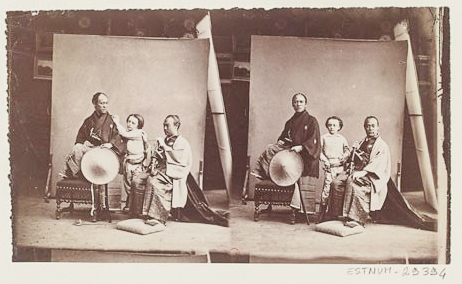
Later Years
While on holiday in Italy in 1887, Ernestine has a heart attack and once back in France, Nadar attended to his wife on a full-time basis. Ten years before her death in 1909, Ernestine suffered a debilitating stroke which monopolized Nadar’s attention. During his later years, aside from nursing his wife, Nadar began to liquidate many of his assets in anticipation of settling his estate. Nadar passed away almost exactly one-year after Ernestine. Nadar is buried in Père Lachaise Cemetery in Paris in a family grave which includes Ernestine and Paul. We will visit Nadar and his family in our upcoming book, Where Did They Bury Jim Morrison, the Lizard King?
Remember This
“I would rather own little and see the world than own the world and see little of it.” ⏤ Alexander Sattler
Recommended Reading and Viewing
Begley, Adam. The Great Nadar: The Man Behind the Camera. New York: Tim Duggan Books, 2017.
What’s New With Sandy and Stew?
We’re thinking of taking a road trip to the east coast of Florida. Terry H. was in the audience for the presentation on “Amazing Women of the French Resistance.” He lives on the east coast and came all that way just to attend our two-hour lecture. He was going to bring a friend of his but unfortunately, she was ill. Simone was born in France and as a young child lived in a town located within the Unoccupied Zone. Her father abruptly left the family to join the Maquis. So, I suspect that Simone is full of stories and I’d like to hear them. Terry interviewed Simone and his notes are part of a Florida university’s digital library. But we think it might be more fun to drive on over to Fort Pierce and hear Simone’s stories first hand. Maybe there’s a future blog there or perhaps, Terry might like to write a guest blog. We’ll check back with him soon.
Someone Is Commenting On Our Blogs
Thank you to one of our guests at the recent lecture, Amazing Women of the French Resistance. Philip S. approached me with a book recommendation. He suggested I read Ivan’s War by Catherine Merridale. It’s an interesting account of Operation Barbarossa, the German invasion of the Soviet Union. I didn’t realize that 80% of all German soldier deaths occurred on the Eastern Front. Anyway, thanks Phil for the recommendation and the suggestion I write a blog about it. If there is a topic you’d like to see a blog written about, please don’t hesitate to contact me. I love hearing from you so keep those comments coming.
Why Would You Want To Buy Our “Walks Through History” Books?
Simple.
You like to travel and experience history and historical events. You like to see original buildings that had a significant impact on the people and events of the history you’re engaged with. You want to know the stories behind the brick and mortar in front of you.
The walking tour books are meticulously researched so you can go directly to those sites and learn about the building’s history as well as an introduction to some of the more interesting people associated with it.
Thank You
Sandy and I appreciate you visiting with us. We have some exciting things on the horizon and we’ll keep you updated as we go along.
Share This:
Follow Stew:
Find Stew’s books on Amazon and iBooks.
Please note that we do not and will not take compensation from individuals or companies mentioned or promoted in the blogs. Walks Through History
Walks Through History
Copyright ©2019 Stew Ross


What a character. Thank you for this interesting and entertaining article.